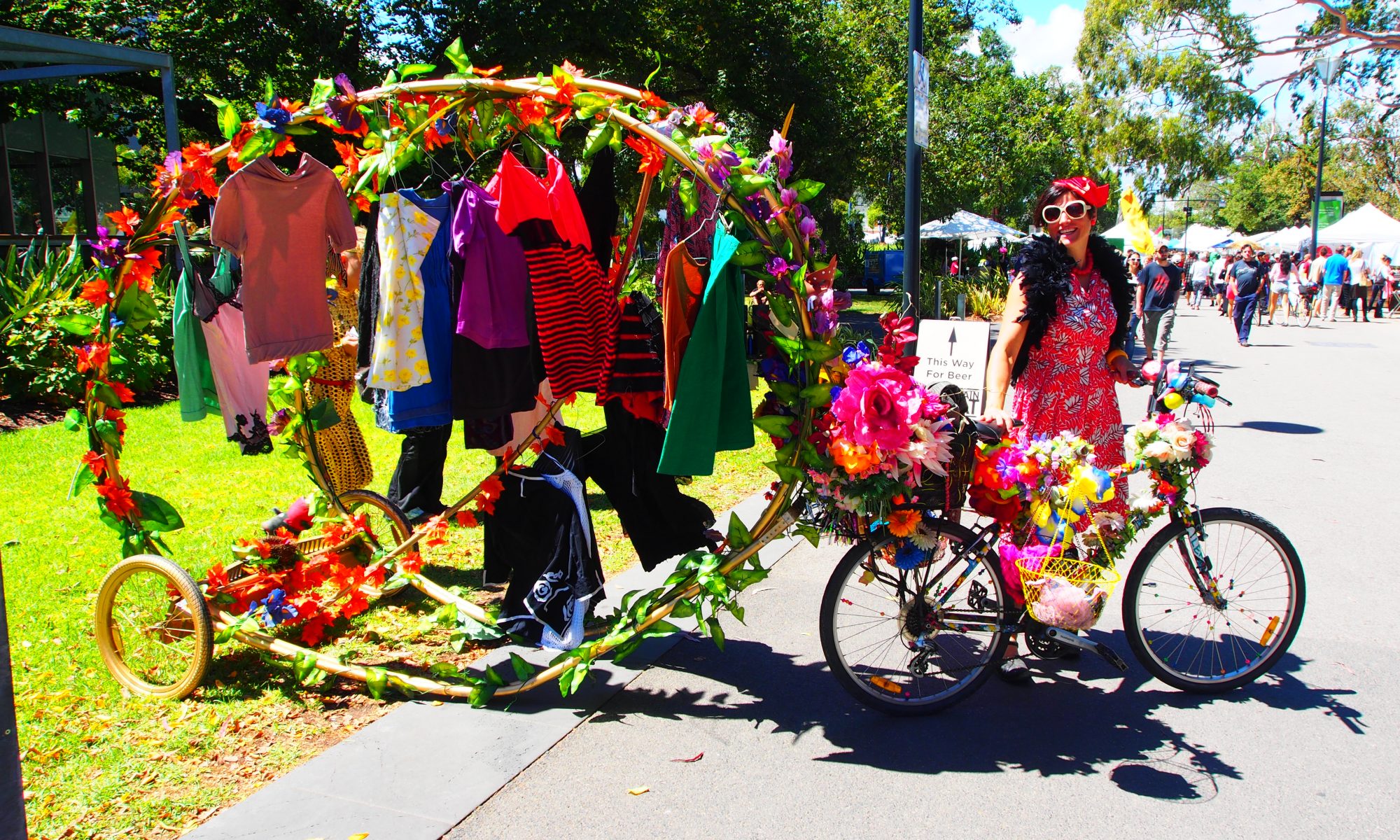Yesterday I did something that I have never done before.I rode to work with the Griffith BUGs (Bicycle Users Group).
There is a back story to this. Last month, I meet up with for breakfast with some cyclists (who I’d never met before) who work at my campus, to celebrate the Ride to Work Day 2016. I work at Griffith University (NA) and it was the first time that I had deliberately connected to other cyclists at my workplace. No one in the office I work at rides bikes, so it was a good opportunity to meet up with some new people in different departments from mine, who ride to work.
I arrived late for breakfast, but still with enough time to have a chat and exchange contact details with one of the organisers of this group dubbed Griffith University BUG (Bicycle Users Group). On the Ride to Work Day, they mentioned that once a month they meet-up at 7 am in Brisbane city and ride together out to Nathan Campus and then have breakfast. I was invited to join them.
Tuesday morning ride to work from Brisbane city
So yesterday I joined them. It was the first time that I had ridden from the city centre to Nathan. I ride from my house the Uni campus, which is about 28 kms each way, but it does not go anywhere near the city (in fact almost in the opposite direction). So it was good to go with a group heading out of town to see what route they took and to widen my orientation about the surrounding bike routes.
I usually avoid the city, but for this ride, I made an exception. We met at the Goodwill Bridge, and after waiting alongside another group for more than myself and another rider to arrive, we finally realised that the group of other eight riders who were waiting across the road were actually the other riders we were waiting for! So we introduced ourselves, teamed up and got started on our journey in high spirits.
It was an interesting dynamic for me. I have had the winter off road riding and heard about some bad accidents. I was wrestling with inner safety demons and was happy that the group took the bike path route and not the road. It was great to see so many cyclists riding into the city and whizzing past, but also also a little treacherous trying to navigate the steady stream of riders turning in all directions and coming on and off the bridge and funnelling into the city. There was a lot going on and I really had concentrate. I had forgotten that it can be a tricky on high-volume trails, crossing busy streets en masse, traversing bridges wiht lots of others, and weaving in and out of tight, steep corners. It had been a long time since I had ridden inner city peak hour – so, I was much more relaxed when we started heading out a little further and the intensity – and density – of bike users settled down a little.
Source: @likeey_m
Riding with the Griffith BUGs
I was surprised at how quick the trip took and it was useful to learn where certain turn offs and link ups were. I was happy cruising with the main group, chatting and meeting a few new folk. It was good to hear the riding gossip about a new bike trail development, the completion of which is anyone’s guess. It was nice to ride at a leisurely pace and although there were different levels of ability, the group was cohesive and attentive and waited at opportune times for this behind, but not to the point of holding up the group up as a result.
There is a long, consistent hill right at the end, right near the final turn off to the Uni. I like pushing up it. At the risk of looking like a competitive wanker, I kept a steady, but respectable tempo on the way up with another rider– just enough to feel the reminder twang of a physical challenge set by a mate the day before. I rode with a few to the cafe on campus and I arrived happy, relaxed and very content.
Breakfast at work
At breakfast, the conversation was lighthearted and engaging. I was invited for another social ride in the city on Saturday night. I sat there at breakfast enjoying the camaraderie and marvelled as I usually do, at how an artefact such as the humble bicycle can be so effective at bringing such seemingly disparate people together. It was a real pleasure to ride to work with the Griffith BUGs, and I appreciated their friendly and inclusive nature.
I felt very welcomed and safe – and I had a lovely time riding with them and getting back on the roadie. I though that this is exactly what the Ride to Work event is for, not just riding one day to work, but building positive relationships and lifestyle habits where active transportation to the workplace is encouraged, promoted and shared. I thought it was a very successful follow-up to the original event day and I was delighted to have been invited. I was also glad that I made an effort to go or a ride with the Griffith BUGs. It was a great start to the day and to blow out the roadie cobwebs.












